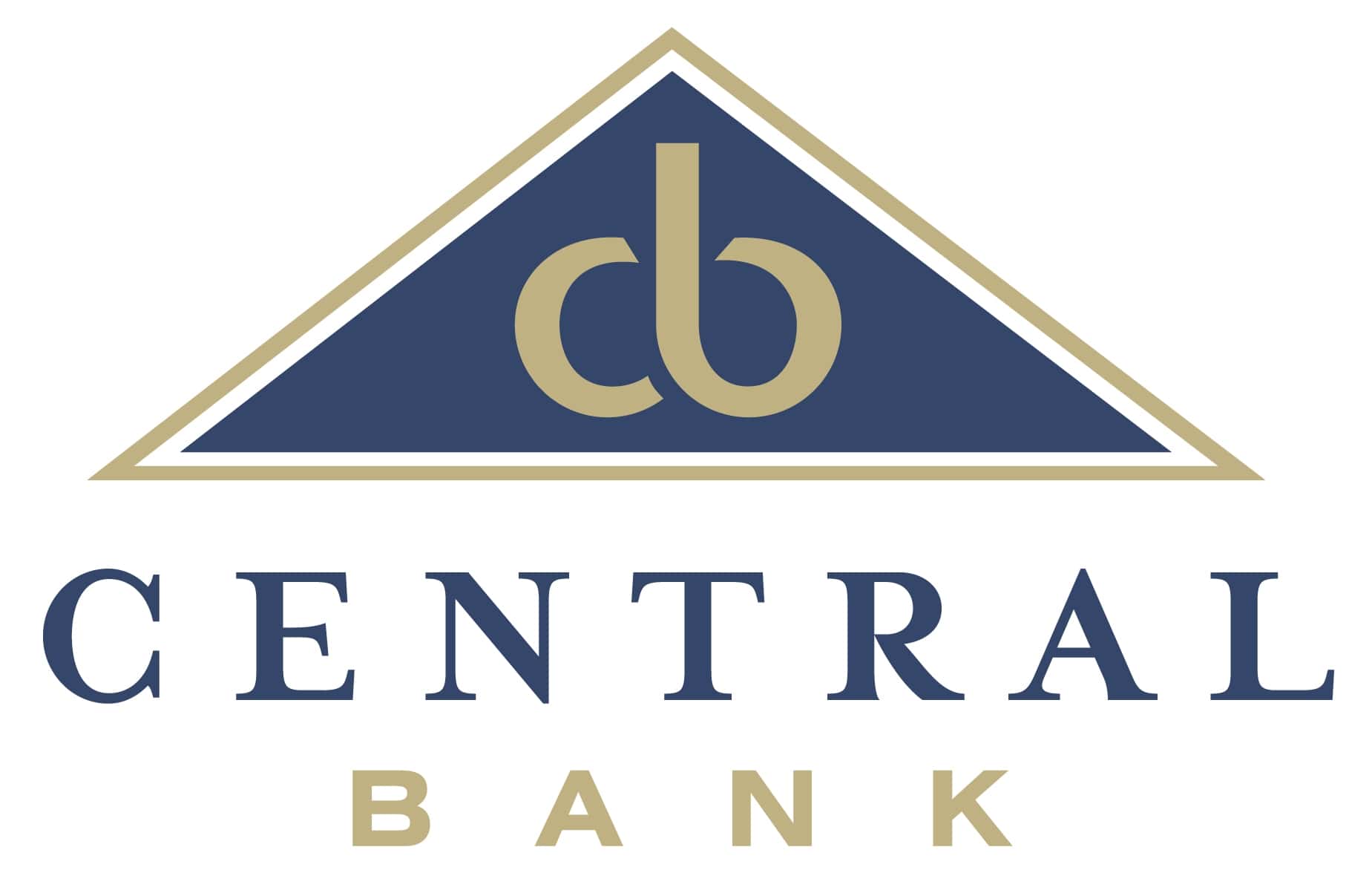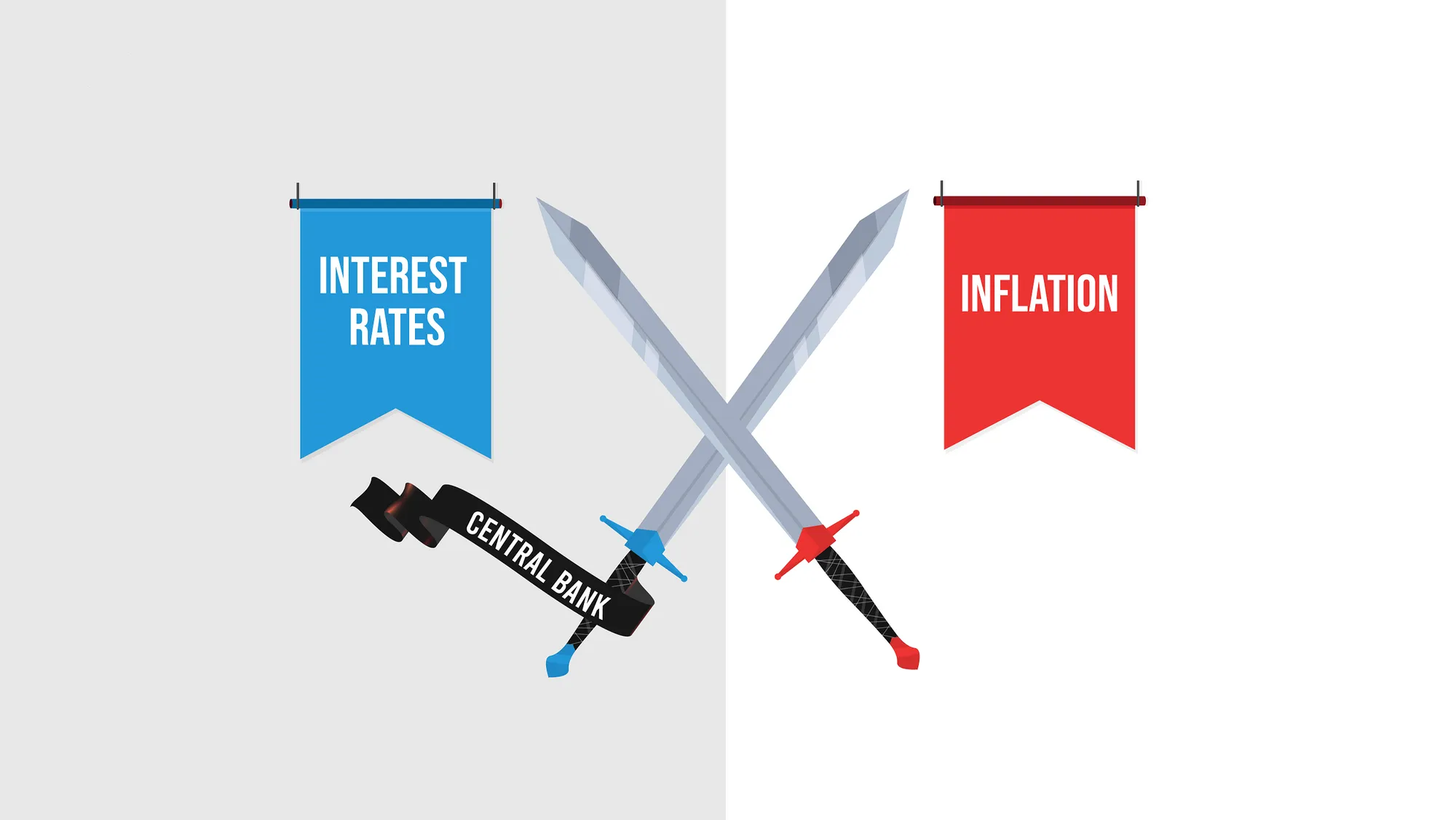Imagine a bank, your bank, making a move that changes the game. The rise of digital currency is here, and with it comes CBDC opportunities for traditional banks. You may ask, what is in it for your bank? Plenty. From integrating CBDCs into everyday banking to crafting winning strategies for implementation, the potential is massive. Banks stand on the brink of advancing innovation, expanding revenue, and even fostering financial inclusion. Hold tight, as we explore how traditional banks can turn the CBDC tide in their favor and not just stay afloat, but sail into new horizons of banking excellence.
Understanding CBDC Integration in Traditional Banking
Crafting Effective CBDC Implementation Strategies for Banks
Banks today are at a big crossroads. As an expert on CBDCs, I help them choose the right path. Do they stay with old ways, or adopt new CBDC systems? My job is to guide them to innovation while keeping true to their roots.
Let’s dig into CBDC integration in banking. CBDC stands for central bank digital currency. It’s like digital cash that makes bank work faster and smarter. For banks, forming a plan to bring in CBDC is key. They need strategies that work for them and their customers.
First off, what does CBDC mean for everyday banking? Imagine sending money like a text message – quick and easy. That’s what CBDC can do. It also makes bank work more secure with blockchain. This is the tech behind CBDC, and it’s a game-changer.
Assessing the CBDC Impact on Financial Institutions
The impact of CBDC on financial institutions is huge. It can change everything from how we save money to how we buy stuff. For banks to stay ahead, they must understand this impact fully. They need to see how CBDC can work for them.
How will CBDC change banks? Think faster service, new products, and happy customers. It can open doors to fresh ideas and ways of doing bank work. But there’s a catch – banks must be ready for this change. They need plans that are strong but can also bend as times and tech shift.
Banks face a mix of chances and challenges with CBDC. They can cut costs and reach more people who don’t use banks now. They can offer services that fit right into our digital lives. But, they must watch out for risks too. Like new rules, and finding the best way to go from old systems to new.
It’s not just about tech either. Banks need to work with others to make CBDC fly. Building ties with tech folks, other banks, and folks who make rules is crucial. It’s a team effort to get CBDC off the ground and into our daily lives.
Retail CBDC solutions for banks might help us shop and save better. Wholesale CBDC could change how banks work with big money and other banks. Both are ways that banks can use CBDC to do better.
So, banks, it’s time to gear up. CBDCs bring a lot of good but take work too. I’m here to help banks bridge old and new. And make sure they ride the wave of CBDC, not wipe out.
In short, CBDC is more than just a new kind of money. It’s a chance for banks to reshape the future of money. With the right steps, they can be at the front of this exciting journey. They can be the place where tradition meets tomorrow.
Expanding Revenue Streams with CBDCs
Exploring Retail and Wholesale CBDC Solutions for Banks
Let’s get one thing straight: banks need to grow. They can do this by using CBDCs. These digital coins are like magic beans for banks. They can turn them into money trees. Think of retail CBDCs like new cash. People use them to buy stuff every day. Banks can be smart. They can be the place where folks swap real cash for digital ones. This makes banks super important in the CBDC world.
Now, wholesale CBDCs are big. They’re used for moving lots of money around. Banks can be the middlemen. They can make sure this cash travels safe and fast. This helps them earn more because they’re helping big money moves happen.
Identifying Revenue Opportunities with CBDC Adoption
Okay, so how can banks make more money with CBDCs? Think about all the things banks do. Now, mix in CBDCs—boom, new ways to make cash! When people buy and send CBDCs, banks can charge a tiny bit. It’s like a fee for using their cool new system.
Also, banks can save big on costs. How? CBDCs need less work to move than paper money. If there’s less work, there’s less to pay for. Savings for banks means they can pass some to their customers. Happy customers, happy bank.
And that’s not all. By teaming up on CBDC projects, banks can make new pals. Some of these pals are tech wizards. They can help make the magic happen. Working together means better CBDC tools for everyone.
Banks must play by the rules, though. This means checking who’s using their CBDCs. It’s important to keep the bad guys out. Doing it right means less trouble later.
Now, banks are not just banks anymore. They can be places where digital meets dollars. They help people use money in new ways. This is cool for everyone. People like new stuff, and banks that offer it stay ahead.
So, banks have a chance to really shine here. CBDCs could be the next big hit. Getting them to work with old systems will be a big job. But the bigger the challenge, the bigger the win, right? Banks can show they’re in the game and make everyone’s pockets a bit heavier too.
Remember, though, this is not just about making a quick buck. Banks need to think long game. They’ve got to keep their eyes open, always checking and balancing. Like tightrope walkers, they’ve got to be steady and sure.
Banks are at the starting line of a big race. The prize? A big fat slice of the future-money pie. And guess what? CBDCs are their golden ticket. They just need to grab it and run like the wind!
Advancing Banking Innovation and Compliance through CBDCs
Enhancing Interoperability of CBDC with Existing Systems
Big changes are coming to banks everywhere. Central bank digital currency (CBDC) is at the heart. CBDC lets banks do more for you than ever before. But how do banks make CBDC work with what they have now?
Think of CBDC like a new game. Banks need to make this game work on an old game console. They must update the console so it can run the game smoothly. For banks, this means making their systems ready to work with CBDC.
Banks need smart people to make CBDC fit into their systems. They already started this work. They test and learn to make sure they do it right. It’s like putting puzzle pieces together. When done well, CBDC can live with old ways of banking.
Aligning CBDC Deployment with Compliance and Regulatory Standards
Now, banks need to play by the rules. With CBDCs, there are new rules to follow. Banks must make sure they check all boxes for laws and safety. It’s like a safety belt in a car. It keeps everything safe and secure.
Rules for money like Know Your Customer (KYC) and Anti-Money Laundering (AML) are important. Banks use them to know their customers and keep money clean. They need to make sure CBDC fits these rules.
Banks work with governments to make this happen. They talk, plan and test together. Together, they aim to bring you CBDC without any fuss. They want you to trust this new kind of money.
It’s a big job, but banks are up to the task. They are looking at every detail. They want to make sure you can use CBDC safely and easily. This means looking at risks and solving problems before they happen.
With CBDC, banks could offer better services. Things like sending money to another country can become faster and cheaper. This is great news for everyone. It means more folks can join in on banking, even if they live far from a bank branch.
So, banks are going full steam ahead. They are making sure they have all they need for CBDC. They are making plans, testing out tech, and following the rules. They’re doing all this to bring you better banking with CBDC.
That’s the way forward. We’re mixing the old with the new. And that will change money as we know it. This change is happening step by step. Banks are working hard to make sure it’s all smooth sailing for you.
As we build bridges between old banking ways and this new CBDC world, everyone gets to win. More than ever, banks are becoming centers of tech and trust. And CBDC is leading the charge.
Strengthening Bank Competitiveness with CBDCs
Embracing Digital Currency Infrastructure for Enhanced Transaction Efficiency
So, traditional banks, it’s time to talk shop. We’ve got to get real about digital money. Yes, central bank digital currencies, or CBDCs. They’re the future. They’re not just fancy tech toys. They’re real game-changers for you and me both.
Now, let’s get to how you, as a bank, can get in on this action. You’ve got to ride the wave of CBDC integration in banking, and here’s why. With CBDCs, banks can move money faster than ever. Like, lightning speed. This isn’t just good for your customers. It’s great for your bottom line too. Quick transactions mean fewer hold-ups, less risk, and more happy users.
Imagine no more waiting days for a payment to clear. Transactions become smooth and quick. This is what your customers are hungry for. You can do this by using blockchain technology in banking. You know, that super-secure way to track transactions. It’s transparent, it’s fast, and it’s what folks trust.
But let’s not forget, it’s not just about getting faster. It’s about getting smarter. That’s where fostering innovation with CBDCs comes in. With CBDCs, you can dream up new services, set up killer apps, and give your customers more bang for their buck.
Leveraging Financial Inclusion and Cost Reduction Opportunities through CBDCs
Okay, so what else is cooking? Financial inclusion – that’s a biggie. With central bank digital currency systems, more people get to join the party. Even folks who’ve never had a bank account. CBDCs are a ticket to the financial world for them. And guess who they’ll turn to for help? You got it, your bank.
We’re talking about serious growth potential here. Retail CBDC solutions for banks aren’t just talk. They’re about reaching out to millions who need banking services. The more the merrier, right? And when more people bank with you, that’s more cash flowing through your doors. Ka-ching!
But wait, there’s more. Who likes saving cash? Everyone! CBDCs can make banking cheaper to run. Think lower costs for transactions and simpler ways to keep track of money. This means you can offer better rates to customers and still make more money.
We’re not just cutting costs, though. We’re talking a full-blown transformation. It’s what we call retail banking transformation CBDC. This means totally changing up the way you operate, all for the better.
So, here’s the deal. You play the game smart. You look at the digital currency infrastructure in banking. Dive into it, and make it yours. Partner up, follow the rules, make bold moves. Habits are changing, and you need to lead the charge. Don’t just watch the digital wave. Grab your surfboard, and let’s ride it.
Remember, this is more than keeping up. It’s about leading the charge. It’s about transforming the way you do banking. And it’s about making sure everyone gets a seat at the table. With CBDCs, you’re not just running a bank. You’re creating a banking revolution.
In this post, we dug into how banks can blend CBDCs into their daily work. We talked about smart ways to bring CBDCs into the banking world and how they shake up finance. We also looked at how CBDCs can add more ways for banks to make money, both in the store and in big deals.
Banks can change and follow the rules better with CBDCs. They can work well with what we have now and stick to what the law says. Lastly, we saw that CBDCs can help banks do things faster and cheaper, reaching more people.
All in all, CBDCs are a big chance for banks to stay on top and change with the times. Banks must grab this chance to keep up and meet what their customers need. By doing this, they will pave the way for a future of finance that’s more modern, effective, and useful for everyone.
Q&A :
What potential benefits do CBDCs offer to traditional banks?
Central Bank Digital Currencies (CBDCs) can offer a myriad of benefits to traditional banks. They can enhance the efficiency of the payment systems by enabling faster and more secure transactions. Additionally, CBDCs can help banks reduce operational costs associated with physical currency management. The integration of CBDCs can also foster financial inclusion by extending banking services to unbanked or underbanked populations, ultimately increasing the customer base for traditional banks.
How can traditional banks integrate CBDCs into their existing infrastructure?
Traditional banks can integrate CBDCs into their existing infrastructure by updating their core banking systems to support digital currency transactions and storage. Collaborating with central banks and fintech companies for technological developments will be crucial. Banks may require to invest in blockchain or similar underlying technologies to handle the unique characteristics of CBDCs. Training staff and ensuring regulatory compliance are also essential steps for a seamless transition.
What are the challenges traditional banks might face with the introduction of CBDCs?
One of the significant challenges traditional banks might face with the introduction of CBDCs is the need to adapt to a new digital-centric business model. There could also be increased competition from fintech companies that are generally more agile and technologically advanced. Furthermore, banks will have to address potential cybersecurity risks associated with digital currencies, and ensure compliance with evolving regulatory requirements related to CBDCs.
Can CBDCs drive innovation in traditional banking services?
Yes, the introduction of CBDCs can be a catalyst for innovation in traditional banking services. With CBDCs, banks can develop new financial products that are tailored to a digital economy, such as smart contracts and programmable money. The need to stay competitive with fintech could drive banks to invest in innovative solutions, enhancing customer experience and operational efficiency. CBDCs also enable better cross-border payments solutions, another area ripe for innovation.
In what way might CBDCs impact the traditional banking revenue model?
CBDCs might impact the traditional banking revenue model by reducing the dependency on transaction fees, as digital currency transfers may involve lower costs compared to traditional payment systems. The emphasis could shift towards value-added services and personalized customer experiences to maintain profitability. Banks will also have an opportunity to participate in new markets and revenue streams, such as digital custody services for CBDCs and other digital assets.






